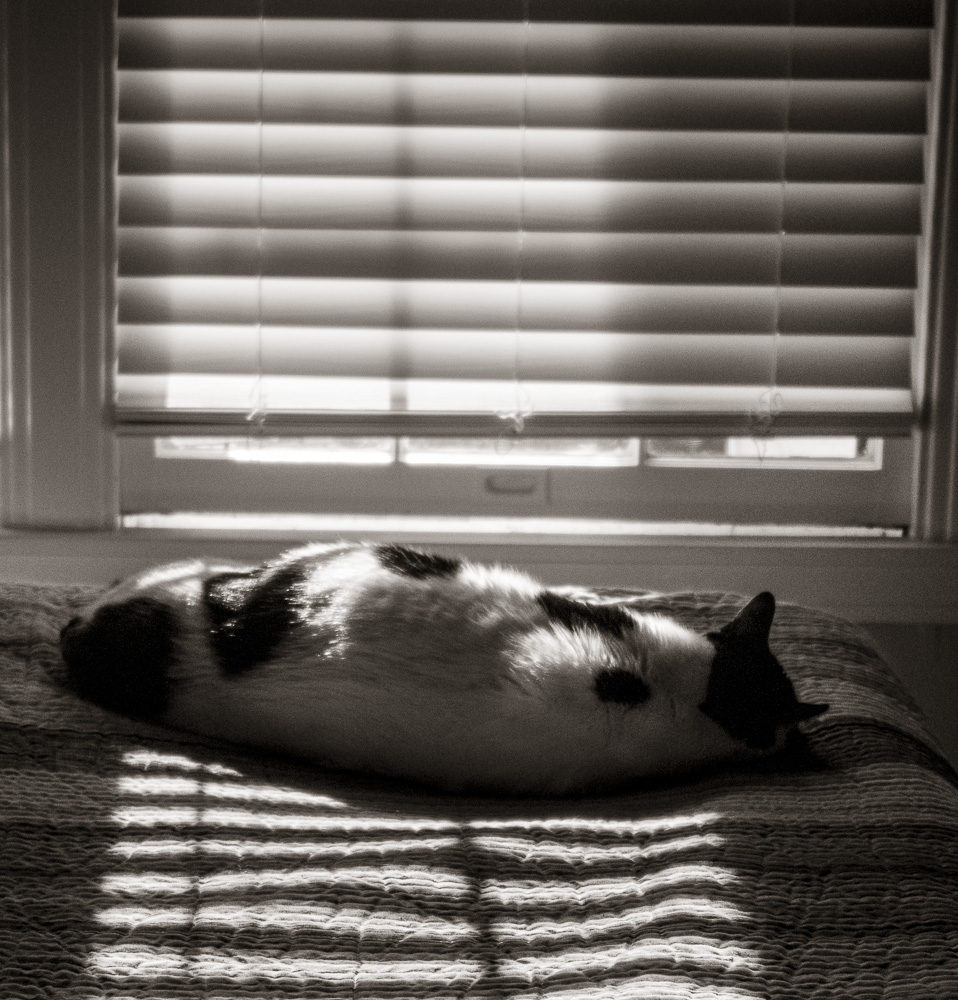It truly feels like the Texas summer is in the rear view mirror. It was so long. So hot. Day after day of triple digit temperatures. August lasted a lifetime. And the garden began to get a bellyache from too much chlorinated water. Doug and I pulled up plants that were spent, particularly in the vegetable garden. My dear hardy herbs kept chugging along—rosemary, thyme, sage, oregano, Mexican mint marigold. They looked tired, as if they had run a marathon, which they had, in plant fashion.
Over 20 years ago, I planted an heirloom climbing rose by our back fence. It grew happily, and though thorny as all get out, it offered lovely red, red roses on a regular basis. We have kept it fairly healthy with organic fertilizer and regular trimming of dead canes. But in August, it looked as if it were dead.
Then came Labor Day. It started raining. It has rained here in San Antonio almost every day since then—almost three weeks of rain, and close to a cumulative 14 inches here at the house. The trees stand taller. The rosemary is offering the lovely blue blossoms that draw the bees and butterflies. The Mexican mint marigold is starting to bud.
And the heirloom climbing rose, to our surprise, started coming to life. New maroon leaves dot the canes. New branches are coming forth. The whole beloved plant is stirring with new life, and little rosebuds are beginning to form. The rose we thought was dead still has life.
Here’s the odd thing: what kept us from cutting the rose down was sheer inertia. When it was 102 and those prickly canes seem to need cutting, it was easier to just ignore the task. Usually, we both sense that our time in the yard and gardens is contemplative—many invitations “to pay attention, be astonished and tell about it” (to quote Mary Oliver).
August was so hot, so dry, so endless that we succumbed to a kind of “noonday demon,” as the desert monastics would say. August was a lengthy time of feeling the sun beat upon our heads, the sweat bathe our bodies. The air was so thick with heat that we gave up on gardening. Inattention became the rule. We were hardly astonished. We were simply waiting, averting our eyes, longing for rain.
Gardeners do know (though we sometimes forget) that there’s so much going on under the soil. We can’t see it. We can see the effects of earthworms aerating, good bacteria breaking things down to nutritious components, little roots persisting even when the visible part of plant looks weary and parched. But that transformation is below ground. That transformation happens in the fertile darkness of the soil.
So it was with our dearly beloved rose. Once the rains started, the latent vitality stirred along even the older canes and branches. As the moisture was drawn up, new leaves were formed. Somehow, despite the appearance above ground, things were stirring. The rain helped the roots appropriate the organic fertilizer we had offered. And the shift in light as fall comes has given the climbing rose fewer hours in scorching heat.
Now, as the fall equinox approaches, the noonday demon has departed. The yard and the garden offer every imaginable shade of green, and some I am greeting for the first time. And there are new roses coming, red roses whose scent will remind us that all around us, “the greening power of God” (Hildegard of Bingen) is at work, right here in our own backyard.




